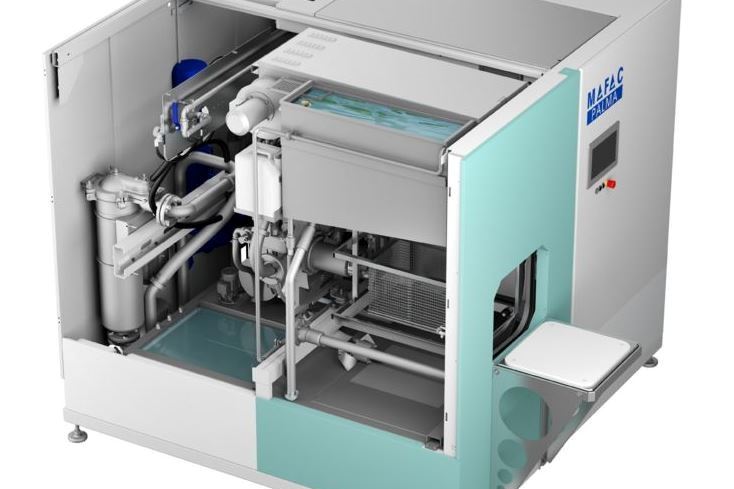Hardcoat Anodizing
Question: We do hardcoat anodizing on 6000 and 7000 series aluminum alloys.
Question:
We do hardcoat anodizing on 6000 and 7000 series aluminum alloys. Following anodizing, some components are sealed while others are Teflon® (PTFE) impregnated without sealing. Our products are subjected to extremely corrosive environments, so sealing is preferred. Parts hardcoated without the addition of lubricant are sealed in a nickel acetate solution. We have experienced diminished corrosion resistance and loss of colorfastness of parts sealed only by the Teflon immersion. Corrosion resistance is of primary importance, with lubricity being secondary. Might it be possible to seal in a conventional medium such as DI water or sodium dichromate after the Teflon seal? Some loss of lubricity might be acceptable if the benefits of a better seal were obtained. What effect, if any, does sealing have on the lubricity of the Teflon impregnated surface? Is the sealing as effective as an anodic coating without Teflon impregnation? Is there a preferred chemical solution for the sealing process for this application? T.K.
Answer:
I suspect that your Teflon impregnation process consists of dipping the parts in a water based emulsion of Teflon particles. Neither this nor any other Teflon “impregnation” process actually impregnates the anodic coating because the anodic pores are too small to admit the Teflon molecules. So your unsealed parts end up with a film of Teflon that has widely dispersed Teflon particles on the surface of the anodic coating. This does help with lubricity. It does not seal the anodic coating. If you need a corrosion resistant, colorfast anodic coating with enhanced lubricity you must seal the parts in hot nickel acetate or boiling DI water, rinse in DI water and then immerse in the PTFE emulsion. NOTE: It also works to dip or spray your hardcoated, sealed parts with a Teflon dry-film lubricant, such as Vydax.
RELATED CONTENT
-
Cleaning, Pretreatment to Meet Medical Specs ISO 13485 or FDA 21 CFR820
Maximilian Kessler from SurTec explains new practices for industrial parts cleaning, metal pretreatment and decorative electroplating in the medical device industry.
-
Test Methods For Evaluating Anodized Aluminum
Benefits of anodizing include durability, color stability, ease of maintenance, aesthetics, cost of initial finish and the fact that it is a safe and healthy process. Maximizing these benefits to produce a high–performance aluminum finish can be accomplished by incorporating test procedures in the manufacturing process.
-
Preventing Anodizing Cathodes from Turning Red
While the red color may not be desirable, anodizing expert Drew Nosti says it poses no particular problem to a successful anodizing process.
















